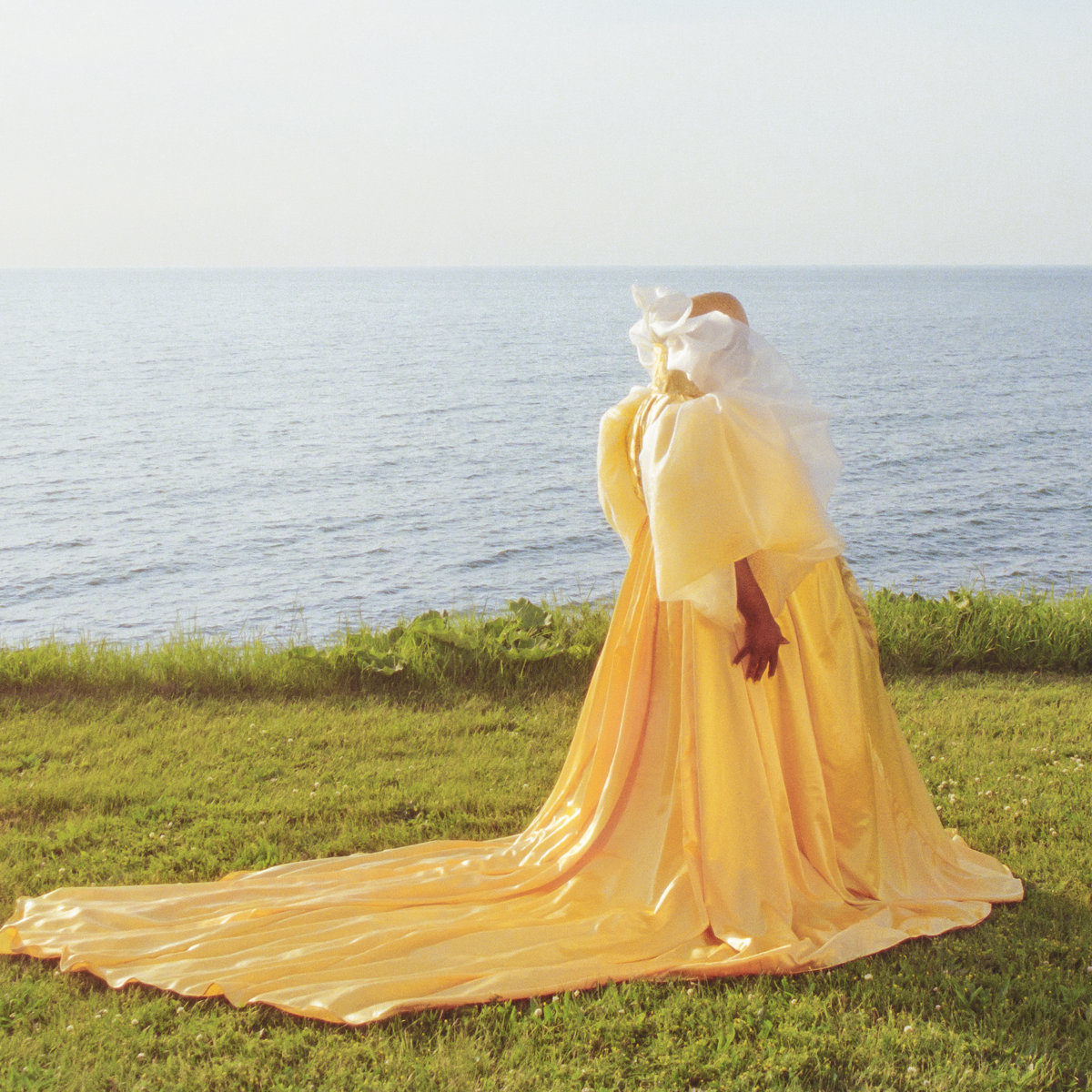 This first solo album from queer, androgynous soul singer Kyle Kidd is an incredibly strong contender for best debut of the year, but he/she/they (Kidd embraces all pronounds) has been been steadily releasing great music for a while as part of Cleveland's Mourning [A] BLKstar ensemble. Notably, however, Kidd's past also includes a background in church choirs as well as a stint as an American Idol competitor. Normally learning about the latter would send me running in the opposite direction, but Kidd joins the exclusive pantheon of vocal virtuosos like Ian William Craig and Zola Jesus lured away from a conventional trajectory by a healthy passion for more underground sounds. That said, a decent amount of Soothsayer legitimately feels like it could have burned up the Soul/R&B charts if it had been released in the late '70s and had a major label production team at the console. As time travel was not a viable option, Soothsayer instead found a home on the oft-stellar Chicago indie American Dreams and Kidd's sensuous, hook-filled songs eschew the polished sheen of pop production for a hypnagogic veil of tape hiss and reverb (much to my delight, predictably).
This first solo album from queer, androgynous soul singer Kyle Kidd is an incredibly strong contender for best debut of the year, but he/she/they (Kidd embraces all pronounds) has been been steadily releasing great music for a while as part of Cleveland's Mourning [A] BLKstar ensemble. Notably, however, Kidd's past also includes a background in church choirs as well as a stint as an American Idol competitor. Normally learning about the latter would send me running in the opposite direction, but Kidd joins the exclusive pantheon of vocal virtuosos like Ian William Craig and Zola Jesus lured away from a conventional trajectory by a healthy passion for more underground sounds. That said, a decent amount of Soothsayer legitimately feels like it could have burned up the Soul/R&B charts if it had been released in the late '70s and had a major label production team at the console. As time travel was not a viable option, Soothsayer instead found a home on the oft-stellar Chicago indie American Dreams and Kidd's sensuous, hook-filled songs eschew the polished sheen of pop production for a hypnagogic veil of tape hiss and reverb (much to my delight, predictably).
The gospel-inspired opener "Salvation (Ode for Eunice)" is bit of a stylistic anomaly for the album, but the understated, minimal piano chords and subtle flourishes of jazz guitar beneath Kidd's soulful, wailing vocals illustrate one of the more notable and consistent themes on Soothsayer: backing music that sounds like crackling rare grooves unearthed by a moodier, more libidinal Madlib. Consequently, I was quite surprised when I glanced at the album notes and saw the large cast of guest musicians involved, as it genuinely feels I am hearing appropriated unheard grooves from Larry Levan, Arthur Russell, or Ann Peebles' backing band transformed into smoky, subtly psych-damaged Sade territory by a producer with a vision. The result does not exactly feel loop-based, but Kidd's songs tend to be built from single-theme vamps, which is exactly the right move: just lay down a hot groove and give Kidd plenty of room to belt her heart out and a killer song is almost certain to result.


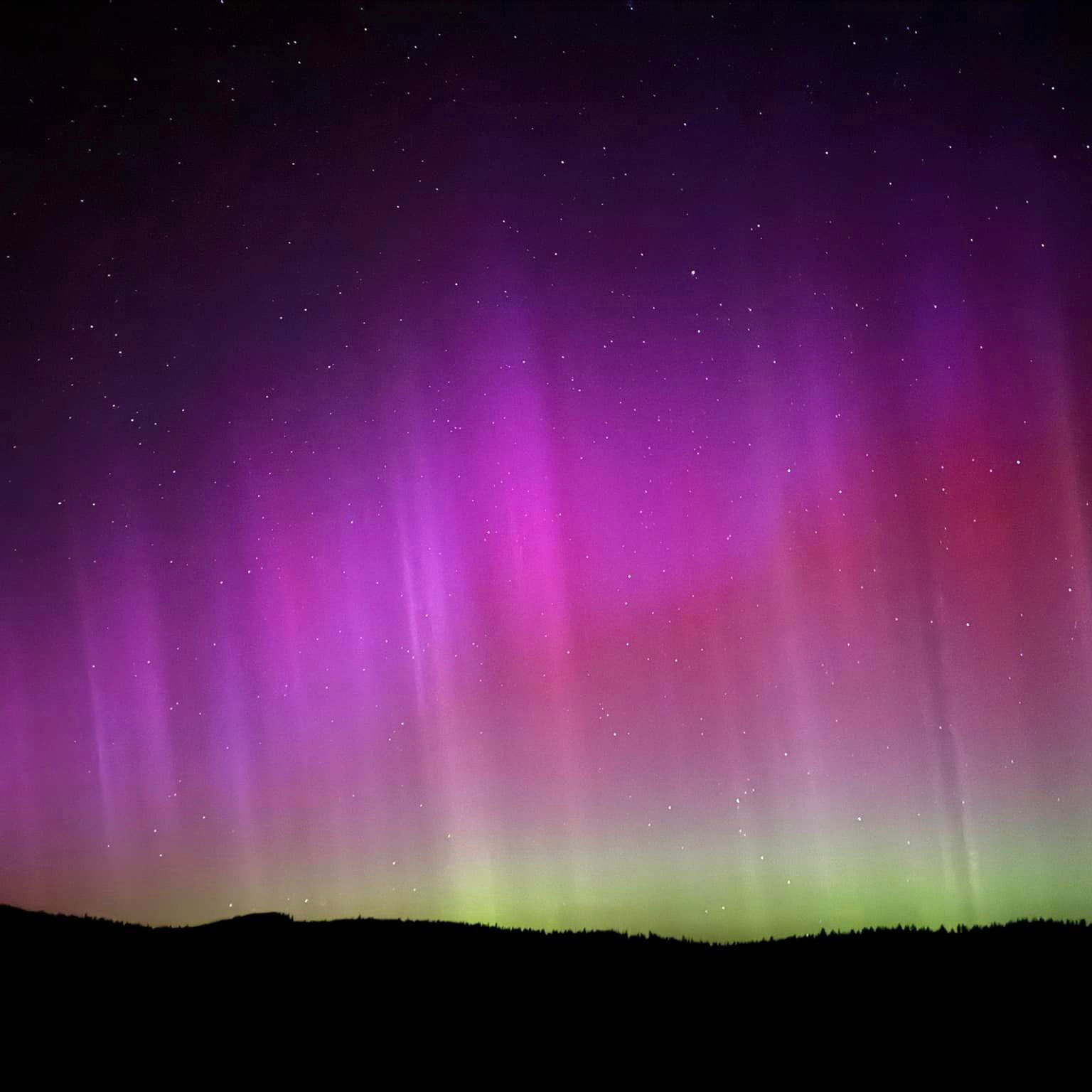
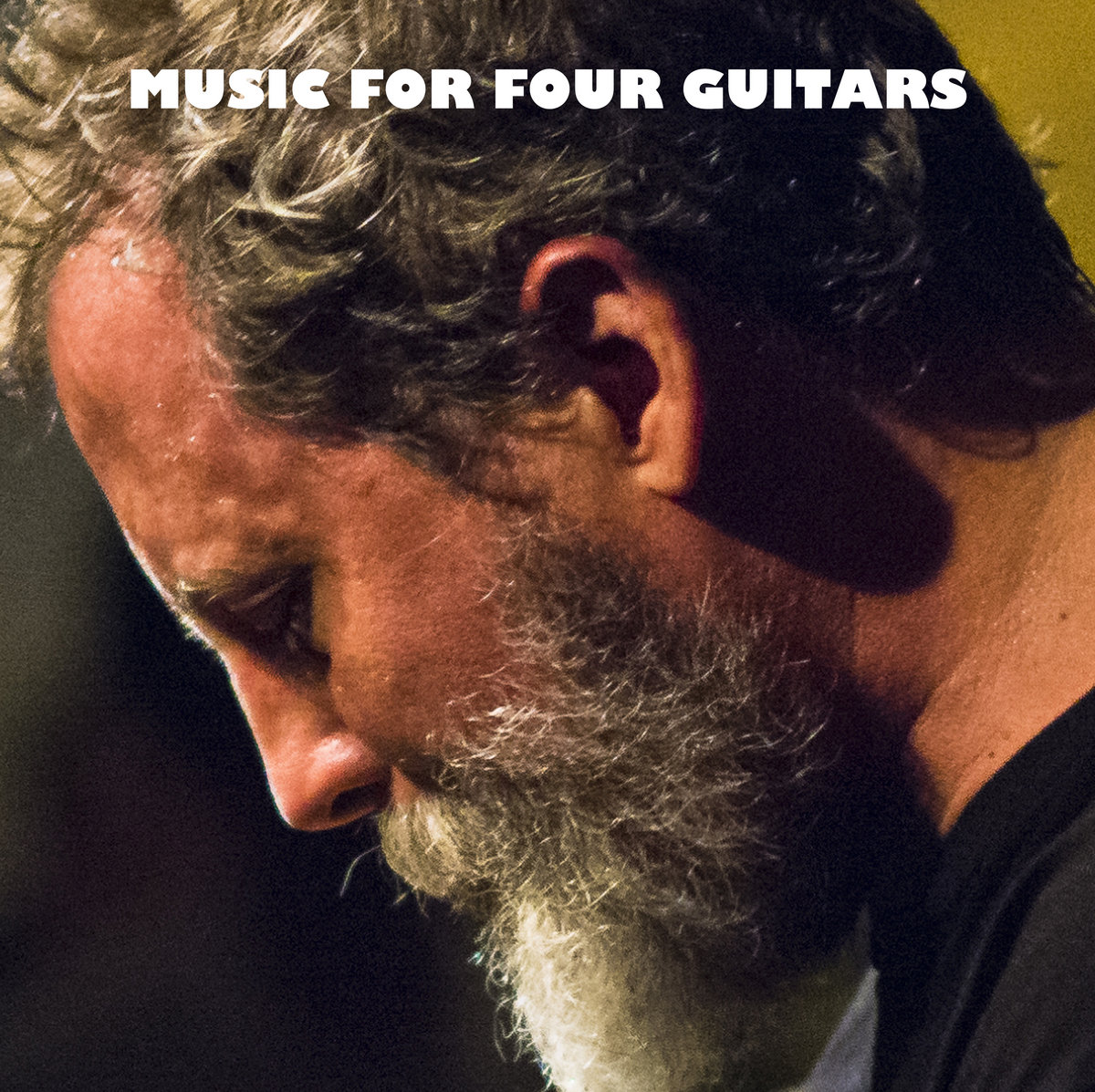 Over the last few years, it has become quite clear to me that any major new solo guitar album from Bill Orcutt is destined to be an inventive, visceral, and damn near essential release. Unsurprisingly, Music for Four Guitars does absolutely nothing to disrupt that impressive run, yet I sometimes forget that Orcutt has a restless creative streak that endlessly propels him both outward and forward like some kind of avant garde shark. As a result, his discography is full of wild surprises, unexpected detours, and challenging experiments such as last year's wonderfully obsessive and completely bananas A Mechanical Joey, so anyone who thinks they know exactly what to expect from a new Bill Orcutt album is either delusional or not paying close enough attention. Case in point: Music for Four Guitars feels like an evolution upon Orcutt's Made Out of Sound approach of using a second track to improvise against himself, but he now expands it to four tracks and shifts to a more composed, focused, and melodic approach very different from his volcanic duo with Chris Corsano. Notably, this project was originally intended for a Rhys Chatham-esque quartet of guitarists and has been gestating since at least 2015, but COVID-era circumstances ultimately led Orcutt to simply do everything himself. As Tom Carter insightfully observes in the album notes, this album is a fascinating hybrid of the feral spontaneity of Orcutt's guitar albums and the "relentless, gridlike composition" of his electronic music that often calls to mind an imaginary Steve Reich-inspired post-punk/post-hardcore project from Touch and Go or Amphetamine Reptile's heyday.
Over the last few years, it has become quite clear to me that any major new solo guitar album from Bill Orcutt is destined to be an inventive, visceral, and damn near essential release. Unsurprisingly, Music for Four Guitars does absolutely nothing to disrupt that impressive run, yet I sometimes forget that Orcutt has a restless creative streak that endlessly propels him both outward and forward like some kind of avant garde shark. As a result, his discography is full of wild surprises, unexpected detours, and challenging experiments such as last year's wonderfully obsessive and completely bananas A Mechanical Joey, so anyone who thinks they know exactly what to expect from a new Bill Orcutt album is either delusional or not paying close enough attention. Case in point: Music for Four Guitars feels like an evolution upon Orcutt's Made Out of Sound approach of using a second track to improvise against himself, but he now expands it to four tracks and shifts to a more composed, focused, and melodic approach very different from his volcanic duo with Chris Corsano. Notably, this project was originally intended for a Rhys Chatham-esque quartet of guitarists and has been gestating since at least 2015, but COVID-era circumstances ultimately led Orcutt to simply do everything himself. As Tom Carter insightfully observes in the album notes, this album is a fascinating hybrid of the feral spontaneity of Orcutt's guitar albums and the "relentless, gridlike composition" of his electronic music that often calls to mind an imaginary Steve Reich-inspired post-punk/post-hardcore project from Touch and Go or Amphetamine Reptile's heyday. In 1965, sixteen-year-old Isabel Baker stepped into a recording studio with some session musicians, and two days later emerged with what could be considered the very first Christian rockabilly album, if not the only one of its kind. I've never heard anything like it.
In 1965, sixteen-year-old Isabel Baker stepped into a recording studio with some session musicians, and two days later emerged with what could be considered the very first Christian rockabilly album, if not the only one of its kind. I've never heard anything like it. 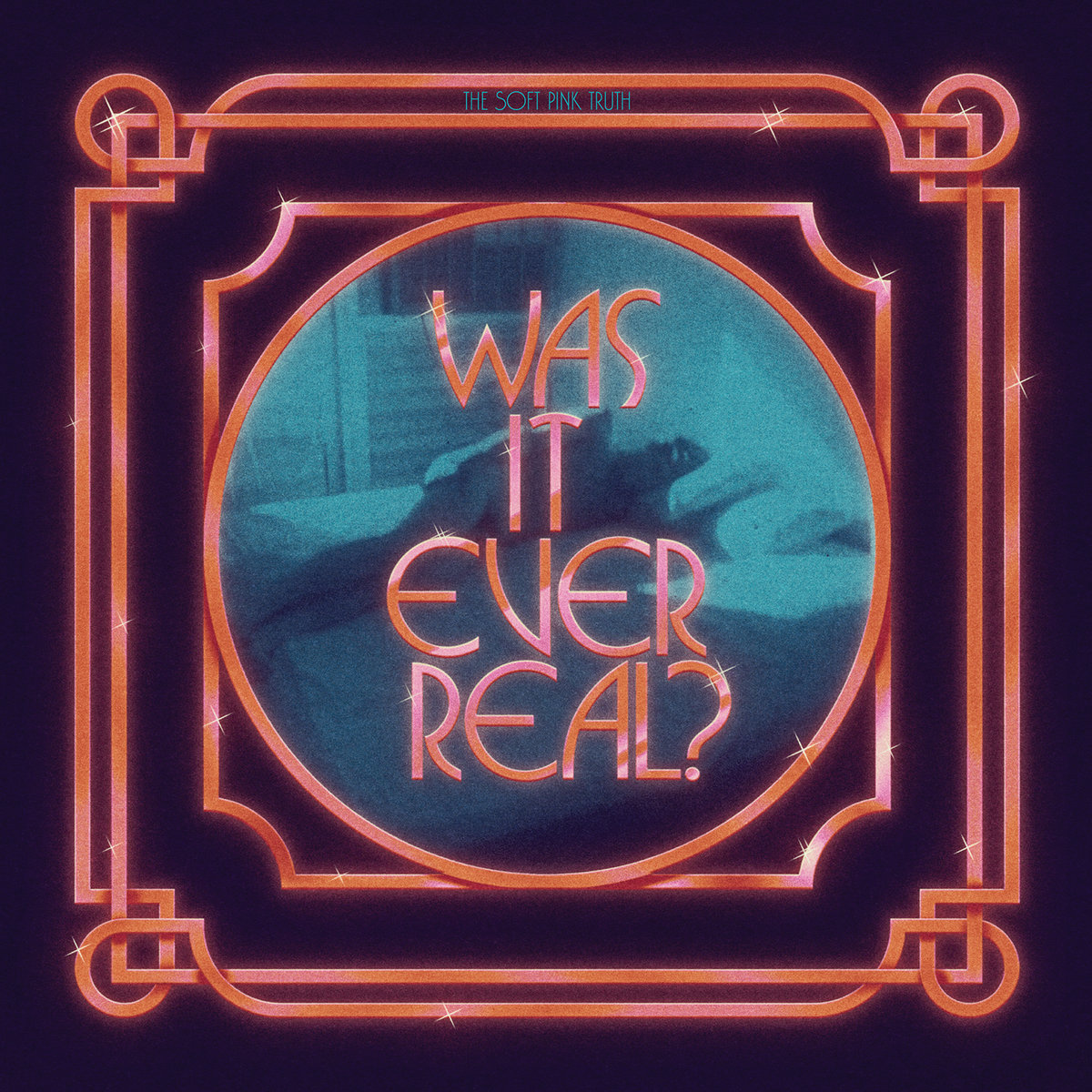 I had successfully deluded myself into thinking that I had spent my pandemic downtime wisely and constructively for the most part, but learning that Drew Daniel spent that same period assembling an all-star disco ensemble is now making me lament the sad limitations of my imagination and ambition. The resultant album—Is It Going to Get Any Deeper Than This?—is slated for release this October, but this teaser mini-album (part of Thrill Jockey's 30th anniversary campaign of limited/special releases) is one hell of a release in its own right and a true jewel in Daniel's discography. Naturally, the big immediate draws are the killer single "Is It Gonna to Get Any Deeper Than This (Dark Room Mix)" and a disco/deep house reimagining of Coil's classic "The Anal Staircase," but the other two songs are every bit as good (if not better) than that pair, so no self-respecting fan of Daniel's oeuvre will want to sleep on this ostensibly minor release (very few artists choose to release their best work on cassingle in 2022). Naturally, there is plenty of psychotropic weirdness mingled with all the great grooves, but I was still legitimately taken aback by how beautifully Daniels and his collaborators shot past kitsch/homage/pastiche and landed at completely functional, fun, and legit dance music. No one would raise a quizzical eyebrow if someone secretly slipped this album into the playlist at a party (not until "Anal Staircase" dropped, at least).
I had successfully deluded myself into thinking that I had spent my pandemic downtime wisely and constructively for the most part, but learning that Drew Daniel spent that same period assembling an all-star disco ensemble is now making me lament the sad limitations of my imagination and ambition. The resultant album—Is It Going to Get Any Deeper Than This?—is slated for release this October, but this teaser mini-album (part of Thrill Jockey's 30th anniversary campaign of limited/special releases) is one hell of a release in its own right and a true jewel in Daniel's discography. Naturally, the big immediate draws are the killer single "Is It Gonna to Get Any Deeper Than This (Dark Room Mix)" and a disco/deep house reimagining of Coil's classic "The Anal Staircase," but the other two songs are every bit as good (if not better) than that pair, so no self-respecting fan of Daniel's oeuvre will want to sleep on this ostensibly minor release (very few artists choose to release their best work on cassingle in 2022). Naturally, there is plenty of psychotropic weirdness mingled with all the great grooves, but I was still legitimately taken aback by how beautifully Daniels and his collaborators shot past kitsch/homage/pastiche and landed at completely functional, fun, and legit dance music. No one would raise a quizzical eyebrow if someone secretly slipped this album into the playlist at a party (not until "Anal Staircase" dropped, at least). There are several William Basinski albums that I absolutely love, but his various collaborations are rarely as compelling as his solo work (the leftfield Sparkle Division being a notable exception, of course). The fundamental issue is that Basinski's finest moments tend to be an intimate distillation of a single theme to its absolute essence, which does not leave much room at all for anyone else to add something without dispelling the fragile magic. While it is unclear if Janek Schaefer is unusually attuned to Basinski's wavelength or if the duo simply waited until the path to something lasting and beautiful organically revealed itself, I can confidently state that the pair ultimately wound up in exactly the right place regardless of how they got there. If I did not understand and appreciate the sizeable challenges inherent in crafting a hypnotically satisfying and immersive album from a mere handful of notes, I would be amused that Basinski and Schaefer first began working on this album together all the way back in 2014 and that the entire 8-year process basically resulted in just two or three simple piano melodies. In fact, I am still a little amused by this album's nearly decade-long gestation, but that does not make the result any less impressive. Significantly, " . . . on reflection " is dedicated to Harold Budd, but an even closer stylistic kindred spirit is Erik Satie (albeit a blearily impressionistic channeling of the visionary composer's work rather than any kind of straight homage).
There are several William Basinski albums that I absolutely love, but his various collaborations are rarely as compelling as his solo work (the leftfield Sparkle Division being a notable exception, of course). The fundamental issue is that Basinski's finest moments tend to be an intimate distillation of a single theme to its absolute essence, which does not leave much room at all for anyone else to add something without dispelling the fragile magic. While it is unclear if Janek Schaefer is unusually attuned to Basinski's wavelength or if the duo simply waited until the path to something lasting and beautiful organically revealed itself, I can confidently state that the pair ultimately wound up in exactly the right place regardless of how they got there. If I did not understand and appreciate the sizeable challenges inherent in crafting a hypnotically satisfying and immersive album from a mere handful of notes, I would be amused that Basinski and Schaefer first began working on this album together all the way back in 2014 and that the entire 8-year process basically resulted in just two or three simple piano melodies. In fact, I am still a little amused by this album's nearly decade-long gestation, but that does not make the result any less impressive. Significantly, " . . . on reflection " is dedicated to Harold Budd, but an even closer stylistic kindred spirit is Erik Satie (albeit a blearily impressionistic channeling of the visionary composer's work rather than any kind of straight homage). Previously based in Chicago, Steve Fors has build a small, but strong discography first as half of the duo the Golden Sores, and then on his own as Aeronaut. Now based in Switzerland, It's Nothing, but Still is his first full length solo work under his own name. It certainly feels like a new album, but traces of his previous projects can be heard, which is for the best. Lush with both beauty and darkness, it is nuanced and fascinating.
Previously based in Chicago, Steve Fors has build a small, but strong discography first as half of the duo the Golden Sores, and then on his own as Aeronaut. Now based in Switzerland, It's Nothing, but Still is his first full length solo work under his own name. It certainly feels like a new album, but traces of his previous projects can be heard, which is for the best. Lush with both beauty and darkness, it is nuanced and fascinating.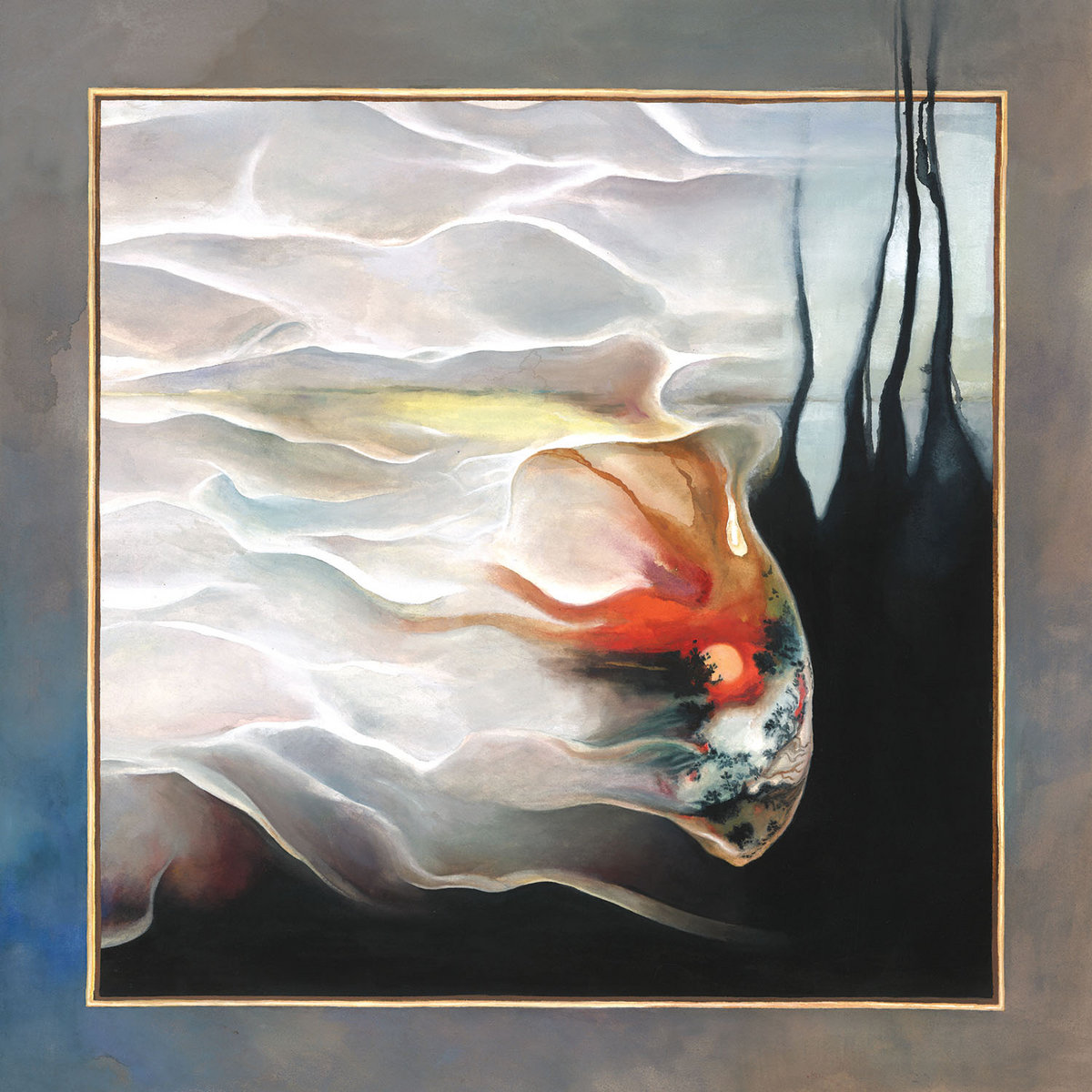 Ten years after her first appearance on Keith Rankin and Seth Graham's perennially bizarre and eclectic Orange Milk label , Paul returns to the fold with her new trio. Naturally, there are plenty of similarities between this latest release and the trio's 2020 debut (Ray), but there has been some significant evolution as well. To my ears, I Am Fog feels considerably more sketchlike and challenging than Ray, but that is not necessarily a bad thing, as anyone seeking out an Ashley Paul album would presumably already have a healthy appreciation for dissonance and deconstruction. A decent analogy might be that Ray is like a short story collection while I Am Fog is more like a series of poems: the voice and vision are instantly recognizable, but these nine pieces are an unusually distilled, minimal, and impressionistic version of that voice. In less abstract terms, that means that I Am Fog again sounds like some kind of unsettling and psychotropic outsider cabaret, but the emphasis is now more upon gnarled/strangled textures and lingering uncomfortable harmonies than it is on melodic hooks and broken, lurching rhythms. In addition to the trio's overall step even further into the outré, the album also features further enticement with one of Paul's strongest "singles" to date ("Shivers").
Ten years after her first appearance on Keith Rankin and Seth Graham's perennially bizarre and eclectic Orange Milk label , Paul returns to the fold with her new trio. Naturally, there are plenty of similarities between this latest release and the trio's 2020 debut (Ray), but there has been some significant evolution as well. To my ears, I Am Fog feels considerably more sketchlike and challenging than Ray, but that is not necessarily a bad thing, as anyone seeking out an Ashley Paul album would presumably already have a healthy appreciation for dissonance and deconstruction. A decent analogy might be that Ray is like a short story collection while I Am Fog is more like a series of poems: the voice and vision are instantly recognizable, but these nine pieces are an unusually distilled, minimal, and impressionistic version of that voice. In less abstract terms, that means that I Am Fog again sounds like some kind of unsettling and psychotropic outsider cabaret, but the emphasis is now more upon gnarled/strangled textures and lingering uncomfortable harmonies than it is on melodic hooks and broken, lurching rhythms. In addition to the trio's overall step even further into the outré, the album also features further enticement with one of Paul's strongest "singles" to date ("Shivers"). Jeff Barsky has been quietly releasing alternately sublime and noise-ravaged guitar albums for years and this latest album finds him returning to LA's oft ahead-of-the-curve Already Dead Tapes (where he last surfaced with 2015's Flickering). Normally, I would not describe an edition of 100 tapes as a major release, but most of Barsky's solo work has historically appeared on his own Insect Fields imprint so Celestial Cycles will likely reach more ears than usual. Fittingly, it is an especially strong album, capturing Barsky at the absolute height of his powers. While few solo guitarists can summon dreamlike beauty from their ax as reliably and masterfully as Barsky, the centerpiece of this album is unquestionably the swirling and nightmarish closing epic "Become The Birds," which arguably recaptures the magic of Campbell Kneale's Birchville Cat Motel project in its prime (which is damn high praise coming from me).
Jeff Barsky has been quietly releasing alternately sublime and noise-ravaged guitar albums for years and this latest album finds him returning to LA's oft ahead-of-the-curve Already Dead Tapes (where he last surfaced with 2015's Flickering). Normally, I would not describe an edition of 100 tapes as a major release, but most of Barsky's solo work has historically appeared on his own Insect Fields imprint so Celestial Cycles will likely reach more ears than usual. Fittingly, it is an especially strong album, capturing Barsky at the absolute height of his powers. While few solo guitarists can summon dreamlike beauty from their ax as reliably and masterfully as Barsky, the centerpiece of this album is unquestionably the swirling and nightmarish closing epic "Become The Birds," which arguably recaptures the magic of Campbell Kneale's Birchville Cat Motel project in its prime (which is damn high praise coming from me).  I only recently heard Laura Cannell’s fabulous album The Earth With Her Crowns from 2020 and could easily spend 500 words praising its dazzling allure and stark—yet comforting—beauty. Time marches on, though, and since she already has two new releases in 2022 I am focusing on the present year. Both are excellent but, of the two, I am most immediately impressed by Antiphony, wherein Cannell uses alto, bass, and tenor recorders to riff on the birdsong of rural Suffolk , where she lives, which called to her amid the quietness of lockdown. It is riveting and a work that I am unlikely to set aside any time soon.
I only recently heard Laura Cannell’s fabulous album The Earth With Her Crowns from 2020 and could easily spend 500 words praising its dazzling allure and stark—yet comforting—beauty. Time marches on, though, and since she already has two new releases in 2022 I am focusing on the present year. Both are excellent but, of the two, I am most immediately impressed by Antiphony, wherein Cannell uses alto, bass, and tenor recorders to riff on the birdsong of rural Suffolk , where she lives, which called to her amid the quietness of lockdown. It is riveting and a work that I am unlikely to set aside any time soon.  On the trio's first album in seven years (the largest period of dormancy ever for them), Locrian simultaneously return to their origins while evolving and refining their sound forward. Stripped back to the barest essence of their sound but with some 17 years of evolution, New Catastrophism feels both like a reset but also a culmination of everything they have accomplished thus far.
On the trio's first album in seven years (the largest period of dormancy ever for them), Locrian simultaneously return to their origins while evolving and refining their sound forward. Stripped back to the barest essence of their sound but with some 17 years of evolution, New Catastrophism feels both like a reset but also a culmination of everything they have accomplished thus far.
